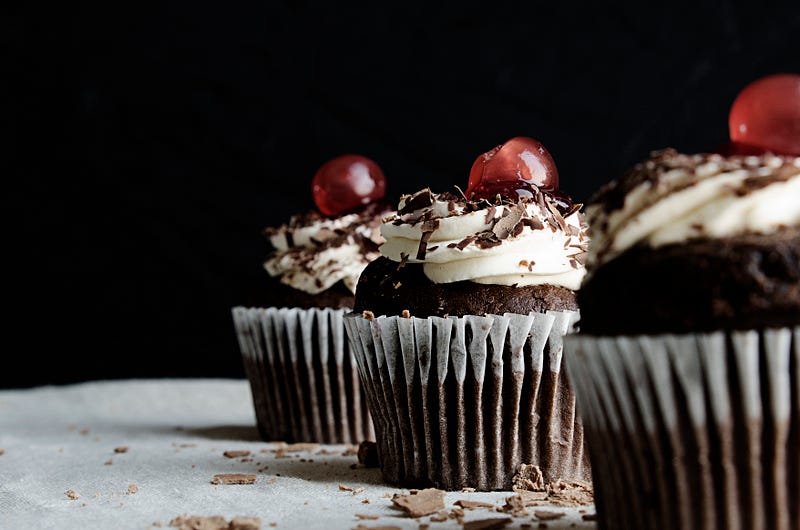Engineering the Perfect Cake: Unveiling the Science Behind Baking
Written on
Chapter 1: Understanding Cake Composition
What’s your favorite type of cake? Is it a rich chocolate gateau, an airy angel food cake, or perhaps a luscious carrot cake topped with cream cheese frosting? No matter your preference, I’m willing to bet it shares some essential traits: an excellent texture, perfect moisture levels, and an abundance of flavor.
When expert bakers create a cake, they engage in a meticulous process, blending ingredients that contribute structure (like flour and eggs) with those that provide moisture and a tender texture (such as fat and sugar).
Getting the proportions wrong can lead to disasters: either a deflated mess or a sponge that’s too dense. To avoid such calamities, balance is key. Understanding the function of each ingredient through science can guide us toward cake perfection.
Cake batter generally comprises four primary ingredients: eggs, flour, fat, and sugar. Adjusting the types or quantities of these elements will significantly alter the cake's texture and taste.
The Science Behind Pound Cake
In this video, Thomas Joseph explores the intricate science behind making a perfect pound cake, showcasing techniques that ensure optimal texture and flavor.
Section 1.1: The Role of Fat
Fat, usually in the form of butter or oil, enhances the cake's moisture while interrupting gluten formation and protein coagulation, resulting in a softer crumb. Personally, I prefer using oil for its ability to yield a taller rise and greater moisture. However, one must consider that oil lacks the rich flavor butter offers.
Butter contains about 15% water, which aids gluten development, creating a sturdier cake.
- Too much fat results in an overly soft cake.
- Too little fat leads to dryness and lack of flavor.

Section 1.2: The Importance of Sugar
Sugar not only sweetens but also helps retain moisture in the cake. It attracts water molecules, ensuring the cake remains moist. Furthermore, sugar disrupts gluten formation similarly to fat. However, excessive sugar can weaken the cake's structure.
- Too much sugar makes the cake overly soft.
- Too little sugar can dry it out and enhance other flavors, like salt.
The Science of Baking Cakes
This video contrasts vanilla sponge cake with vanilla butter cake, diving into the scientific principles of cake baking.
Chapter 2: Building Structure with Eggs and Flour
Section 2.1: Eggs as Structural Agents
Eggs consist of yolks and whites, each serving a unique function. The yolk contains fat, adding moisture and acting as an emulsifier, which helps blend water and fat. This results in a smooth texture.
Whipped egg whites introduce air and help the cake rise by trapping air bubbles that expand when baked.
- More yolk results in a softer cake with less rise.
- More egg white contributes to a higher cake but can make it drier.
Section 2.2: The Essential Role of Flour
Flour is rich in gluten, which provides the necessary structure for cakes. Different flours contain varying levels of gluten; high-gluten flours yield a chewier texture, while cake flour, with lower protein content, is ideal for light and delicate cakes.
Section 2.3: The Function of Raising Agents
A successful cake is filled with air pockets, creating its light texture. To achieve this, we can use either whipped egg whites or raising agents like baking powder and bicarbonate of soda.
Baking powder is a mixture of acid and alkaline components activated by moisture, producing carbon dioxide gas that creates those essential air pockets. In contrast, bicarbonate of soda needs an acidic ingredient to generate bubbles.
- Excess raising agent can lead to a soapy taste.
- Insufficient raising agent results in a denser cake relying on egg whites for lift.
Final Thoughts
Ultimately, crafting the perfect cake is subjective. You might prefer a moister or lighter cake, or perhaps one that’s less sweet. Given that baking is a precise science, I suggest starting with a reliable recipe, enjoying the results, and then tweaking it to fit your ideal flavor and texture.
Happy baking!